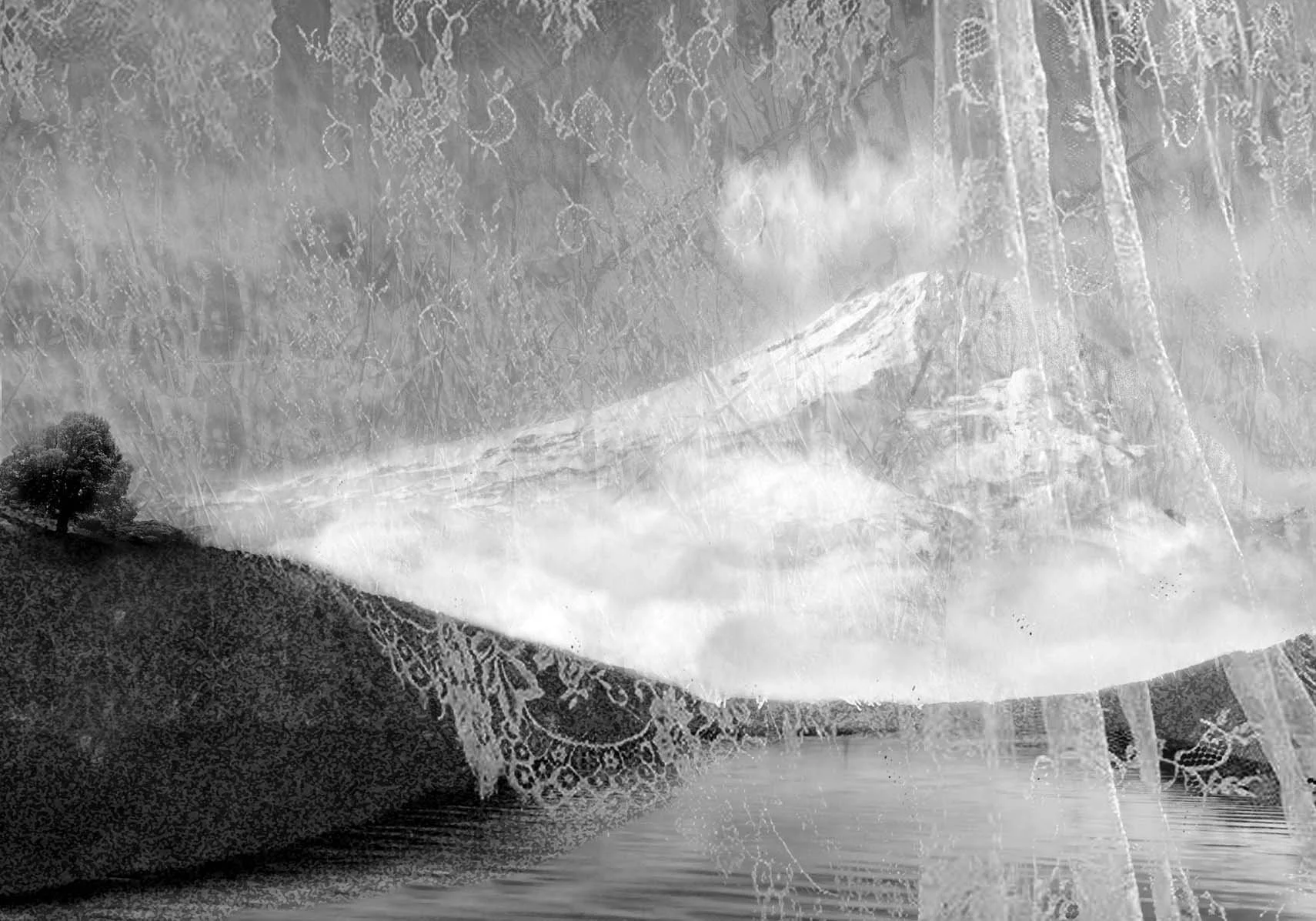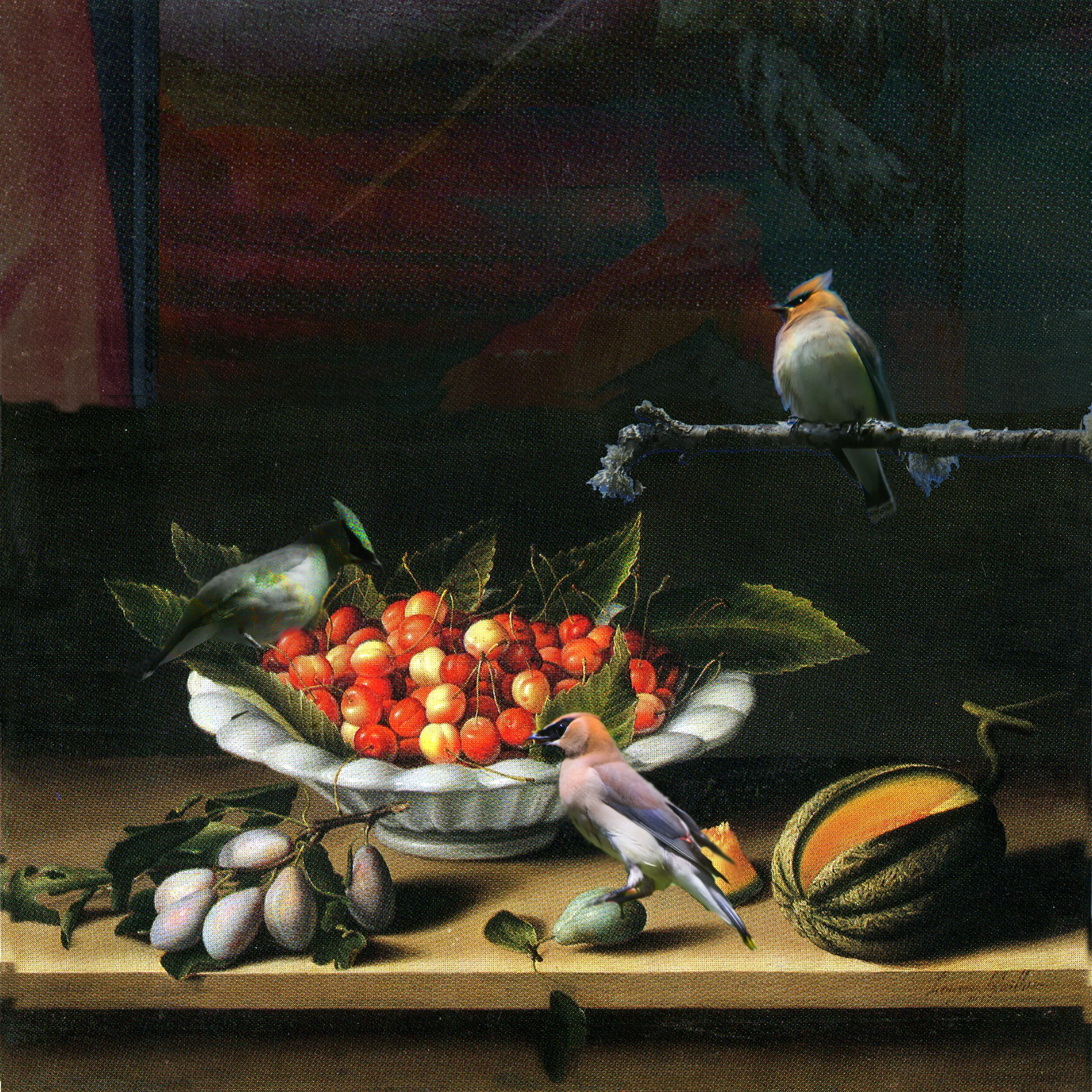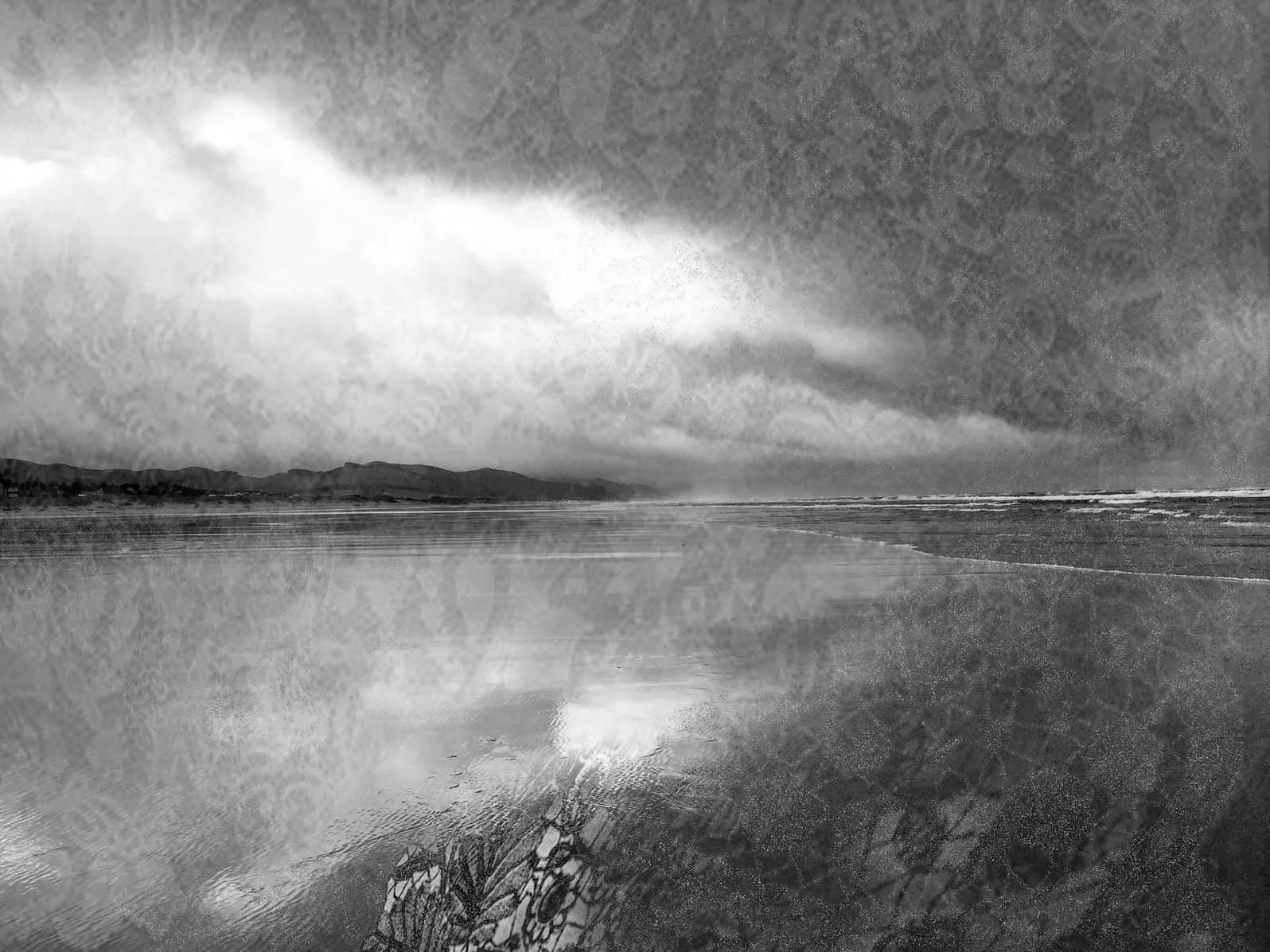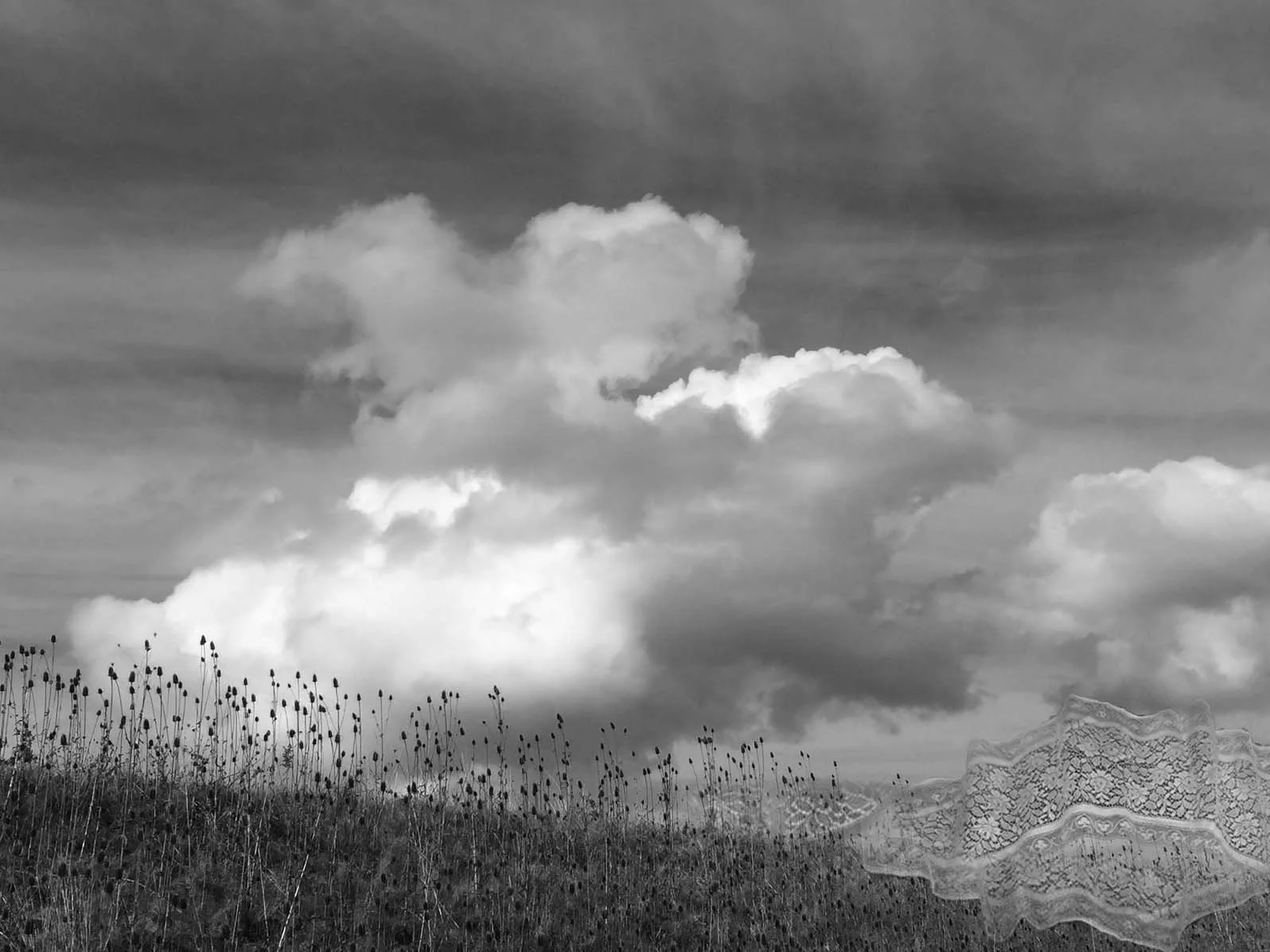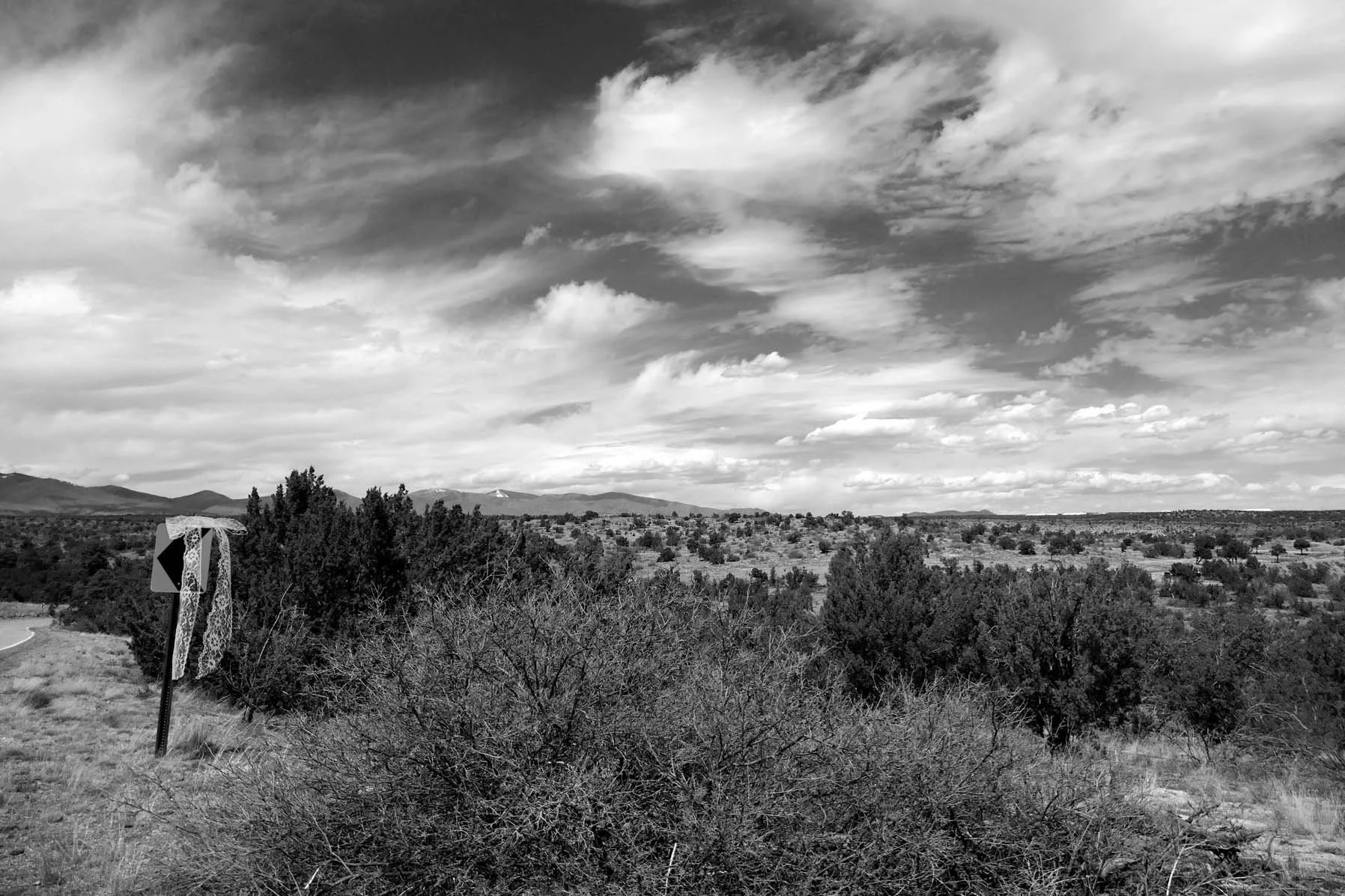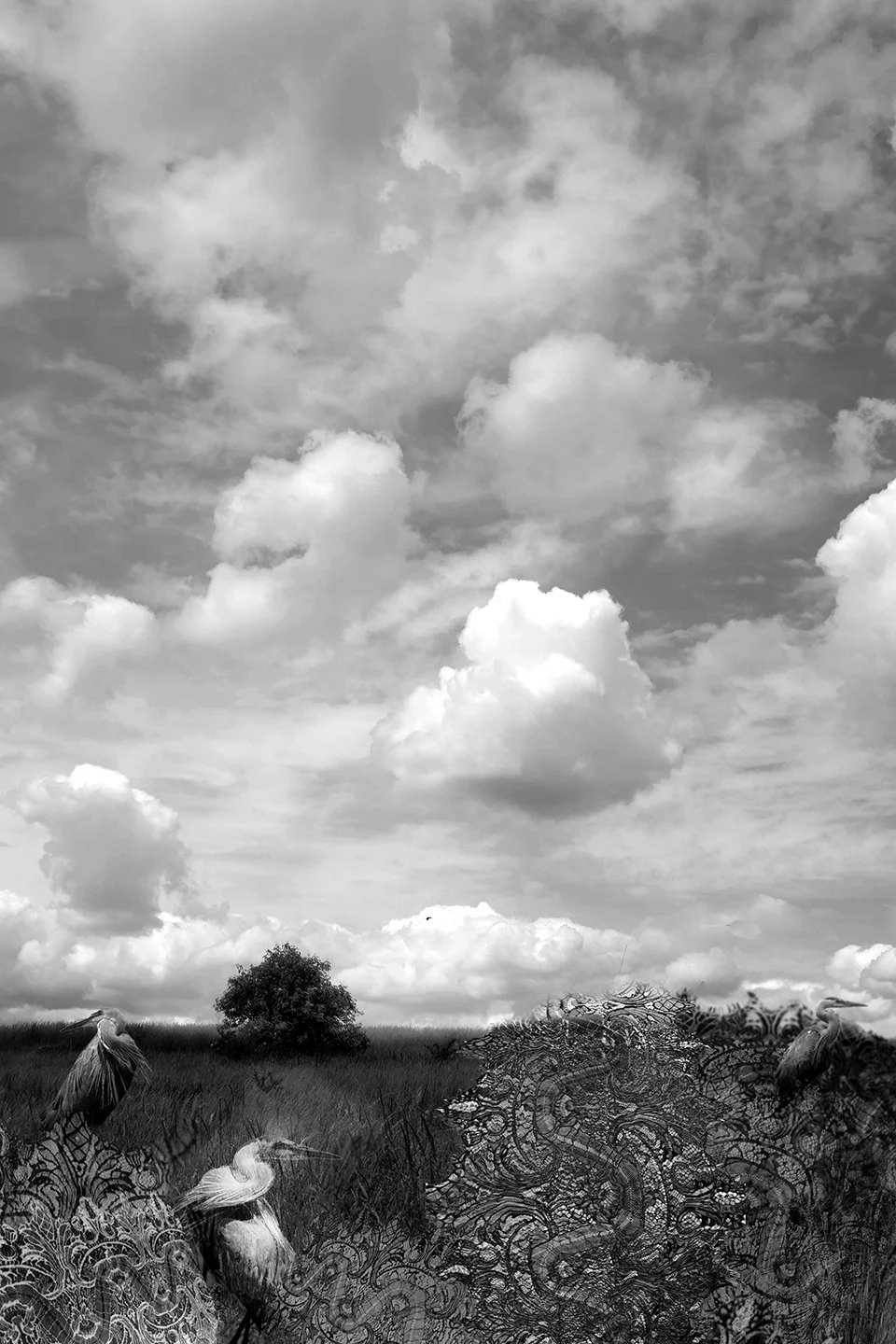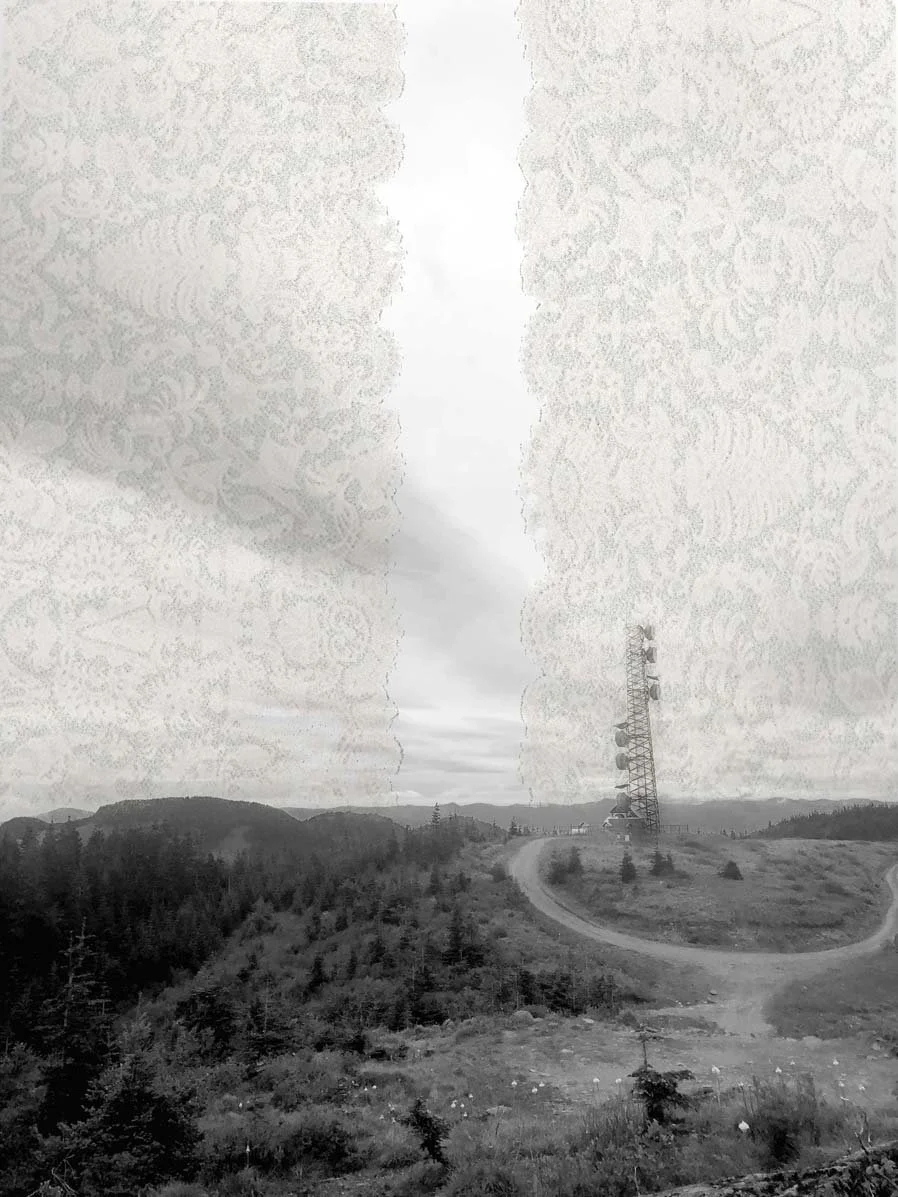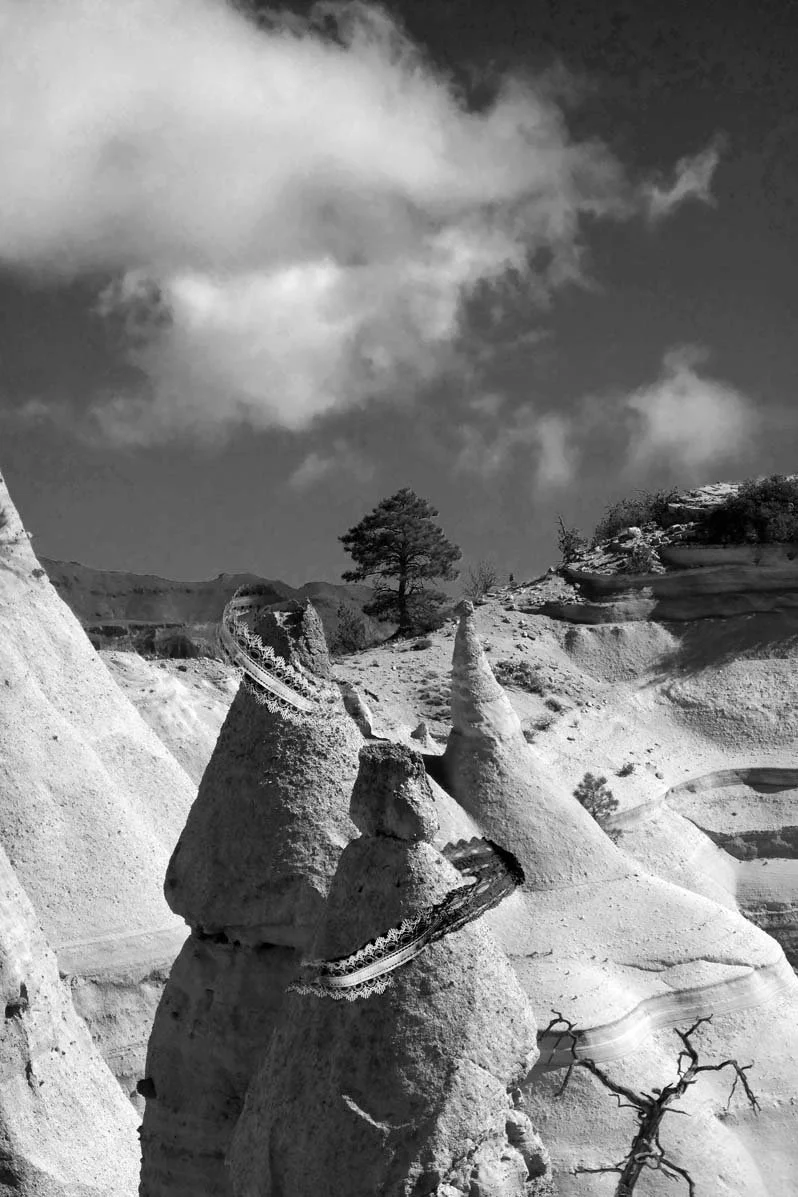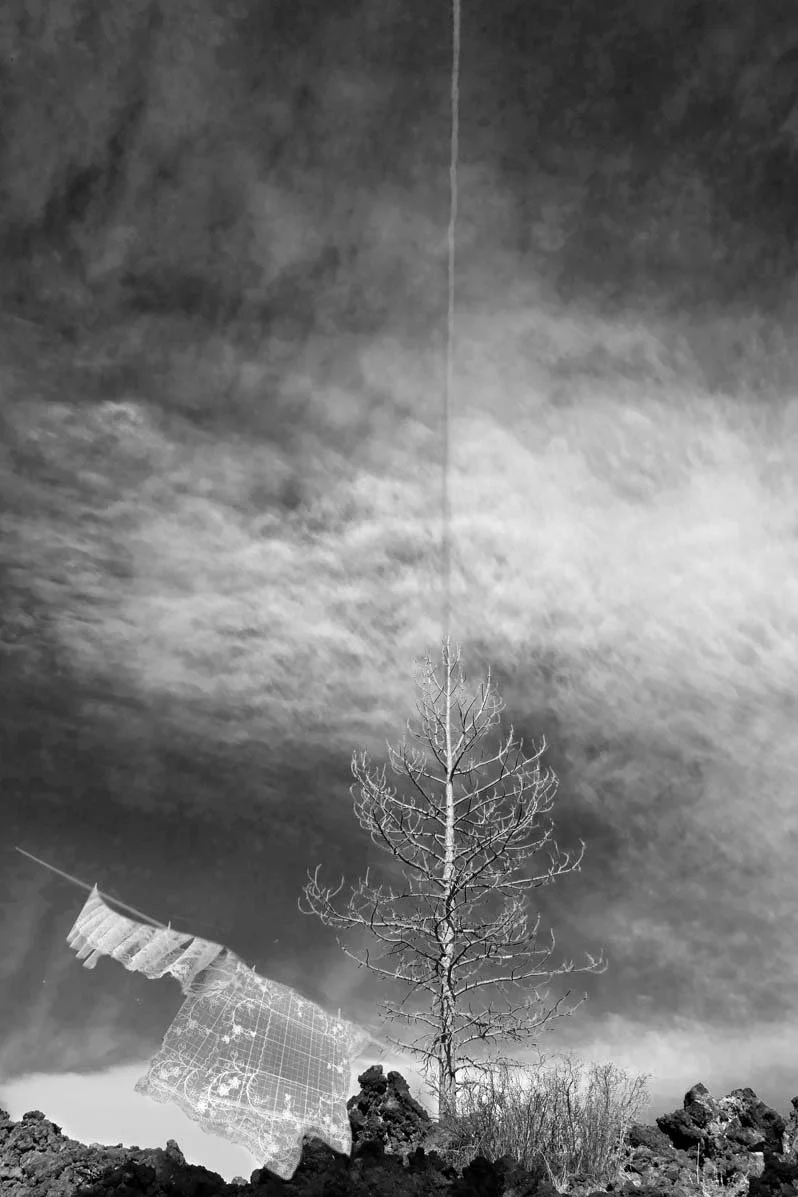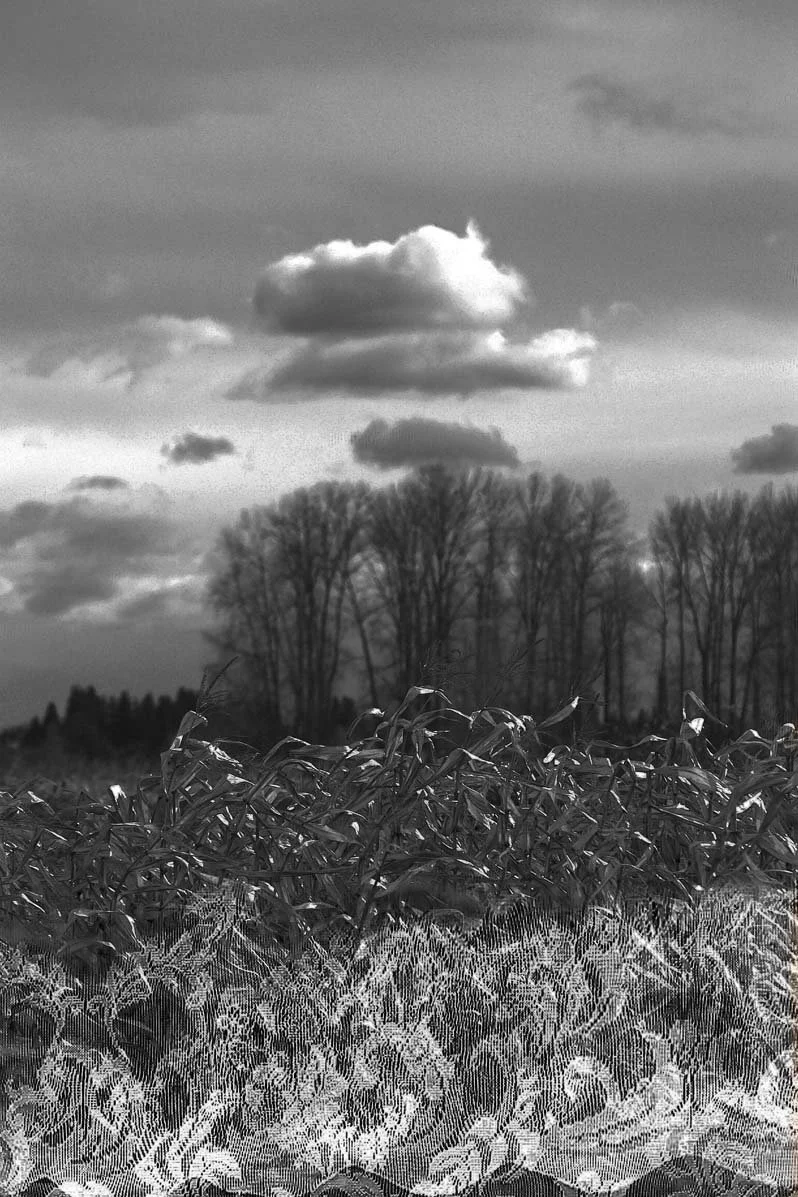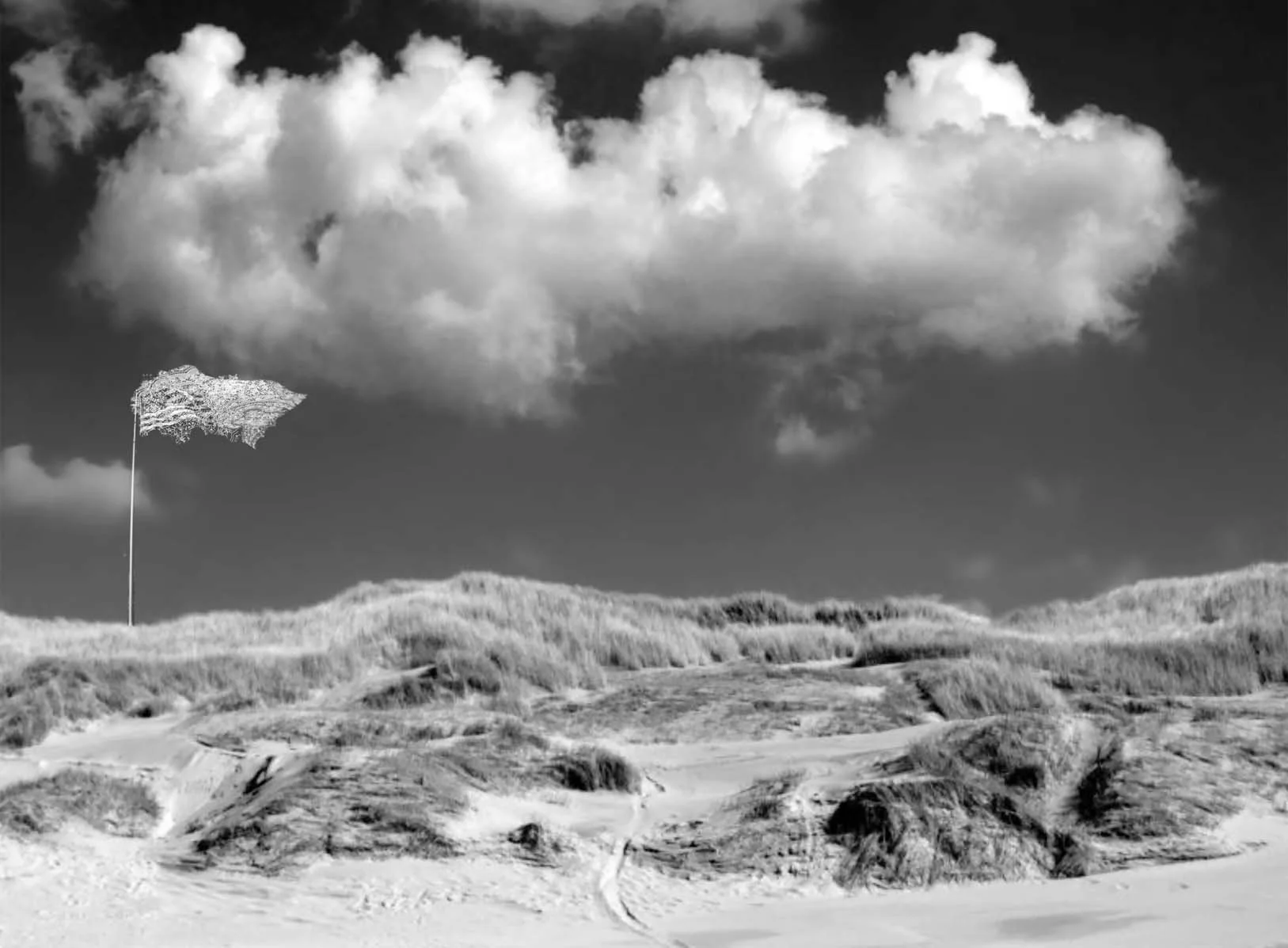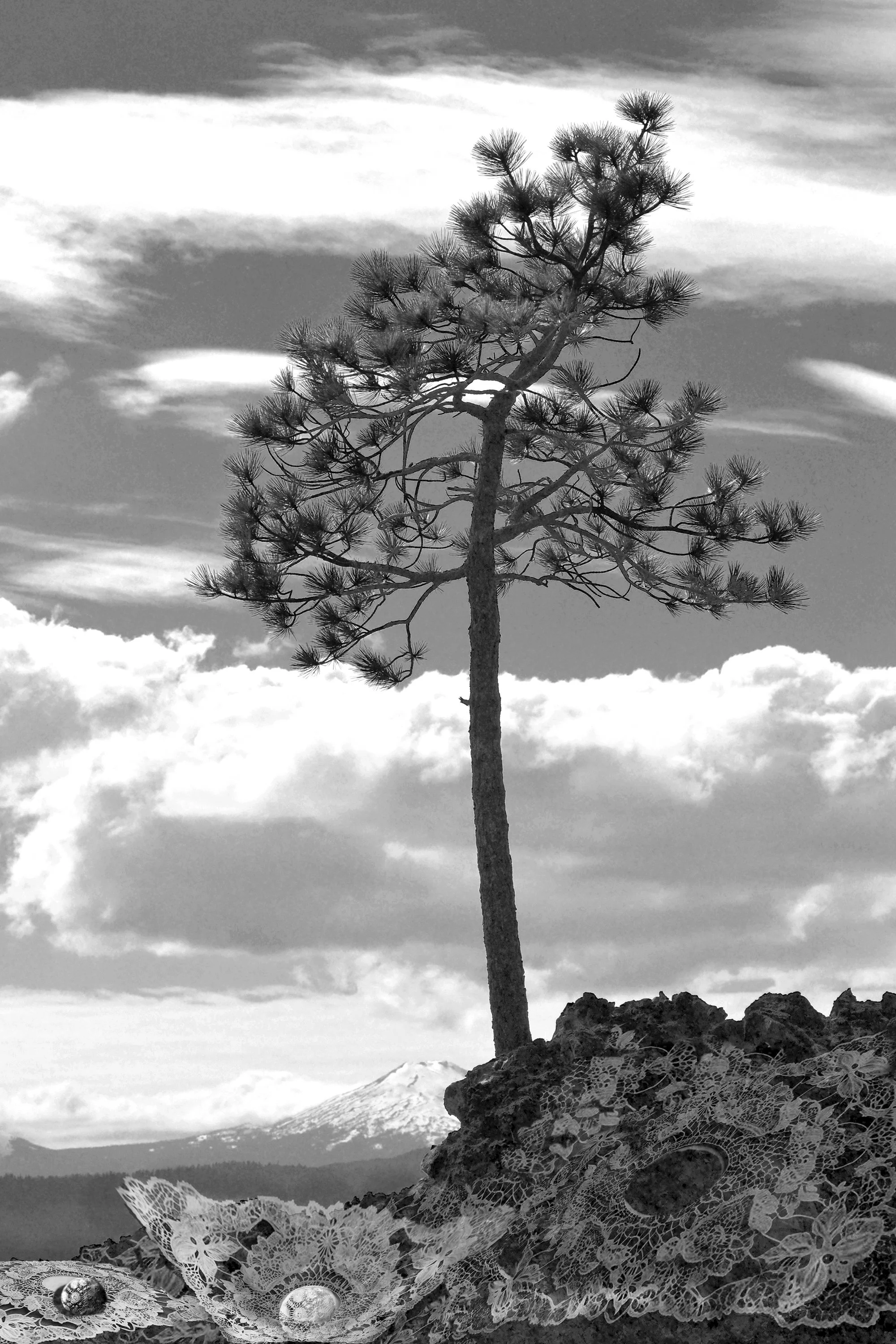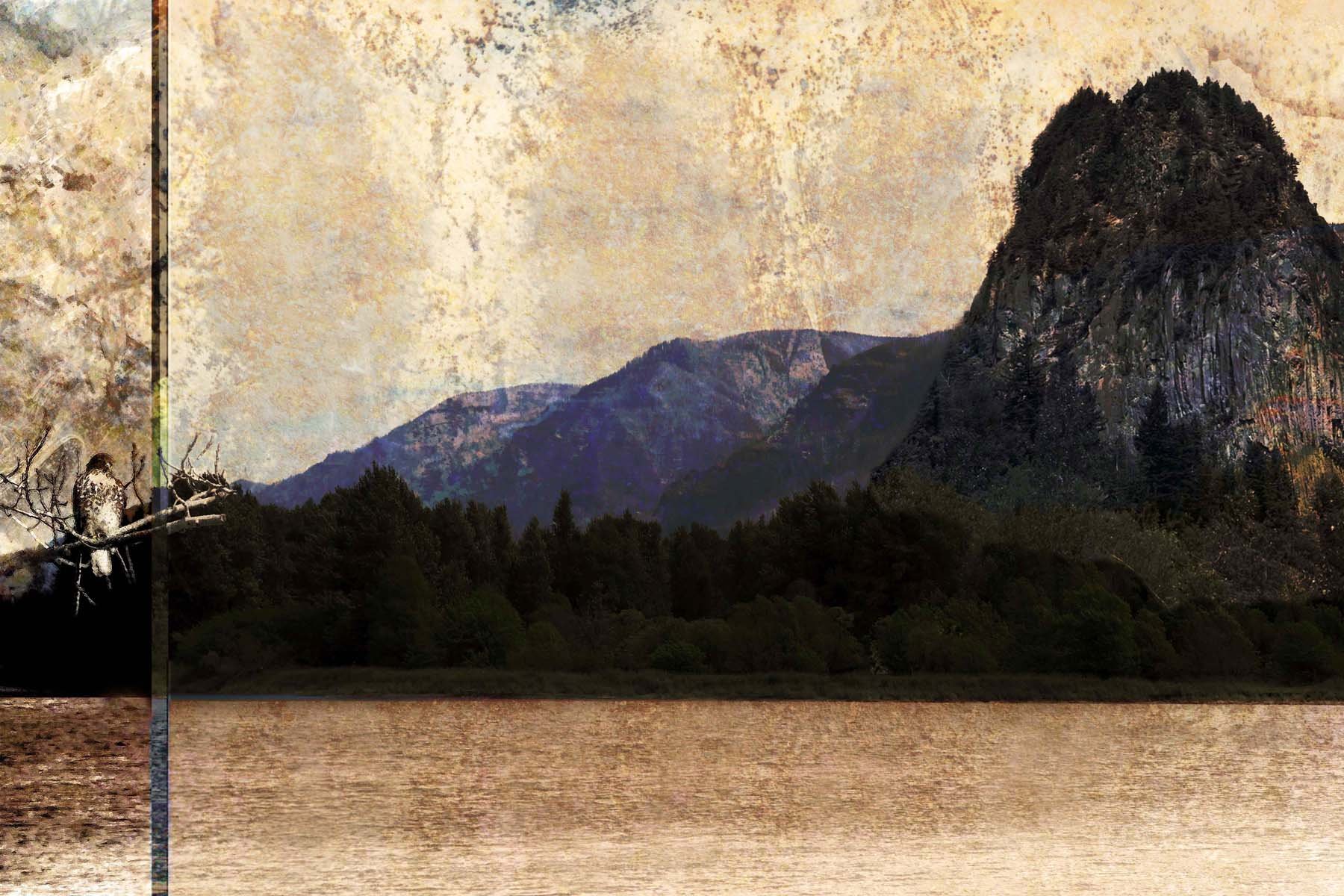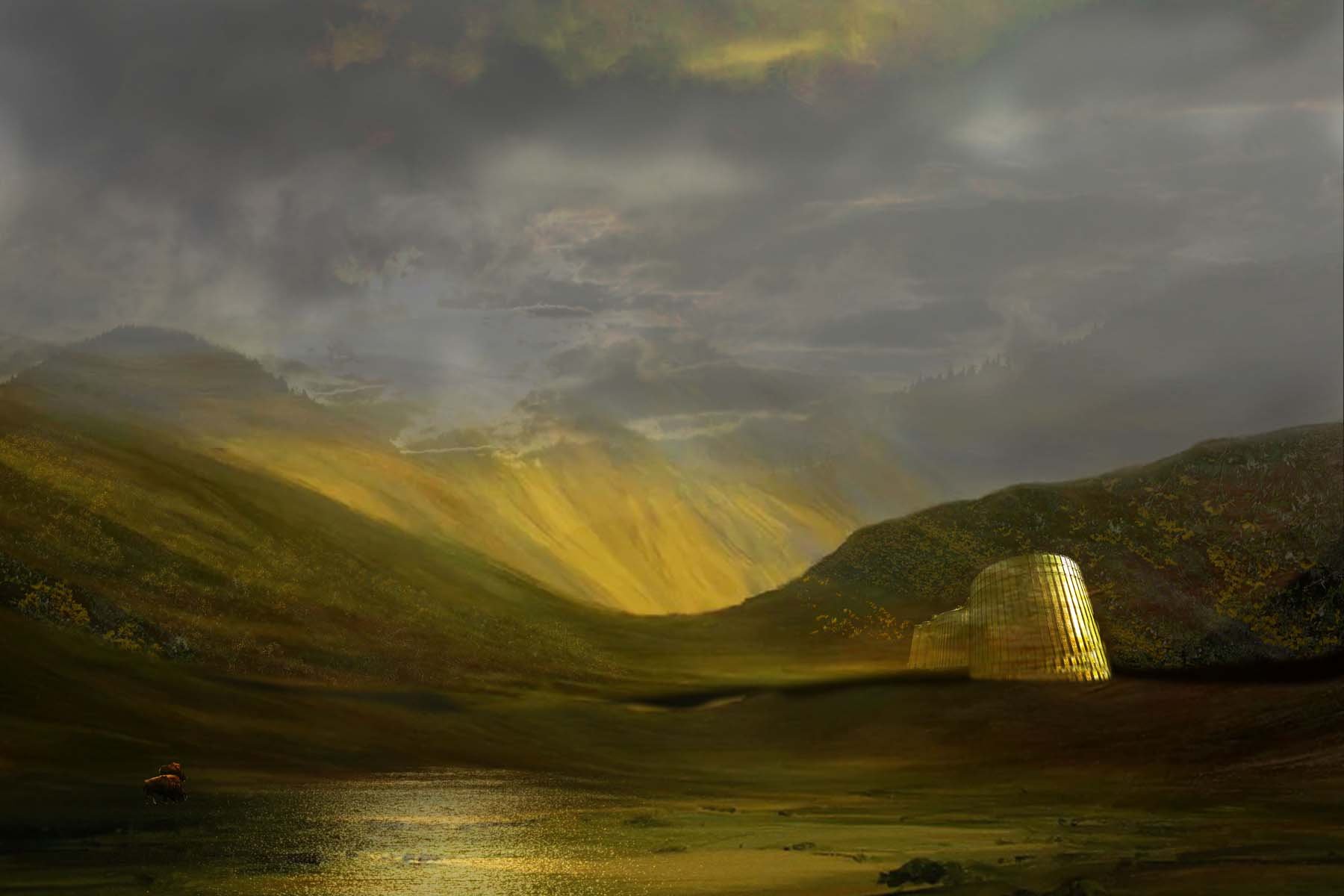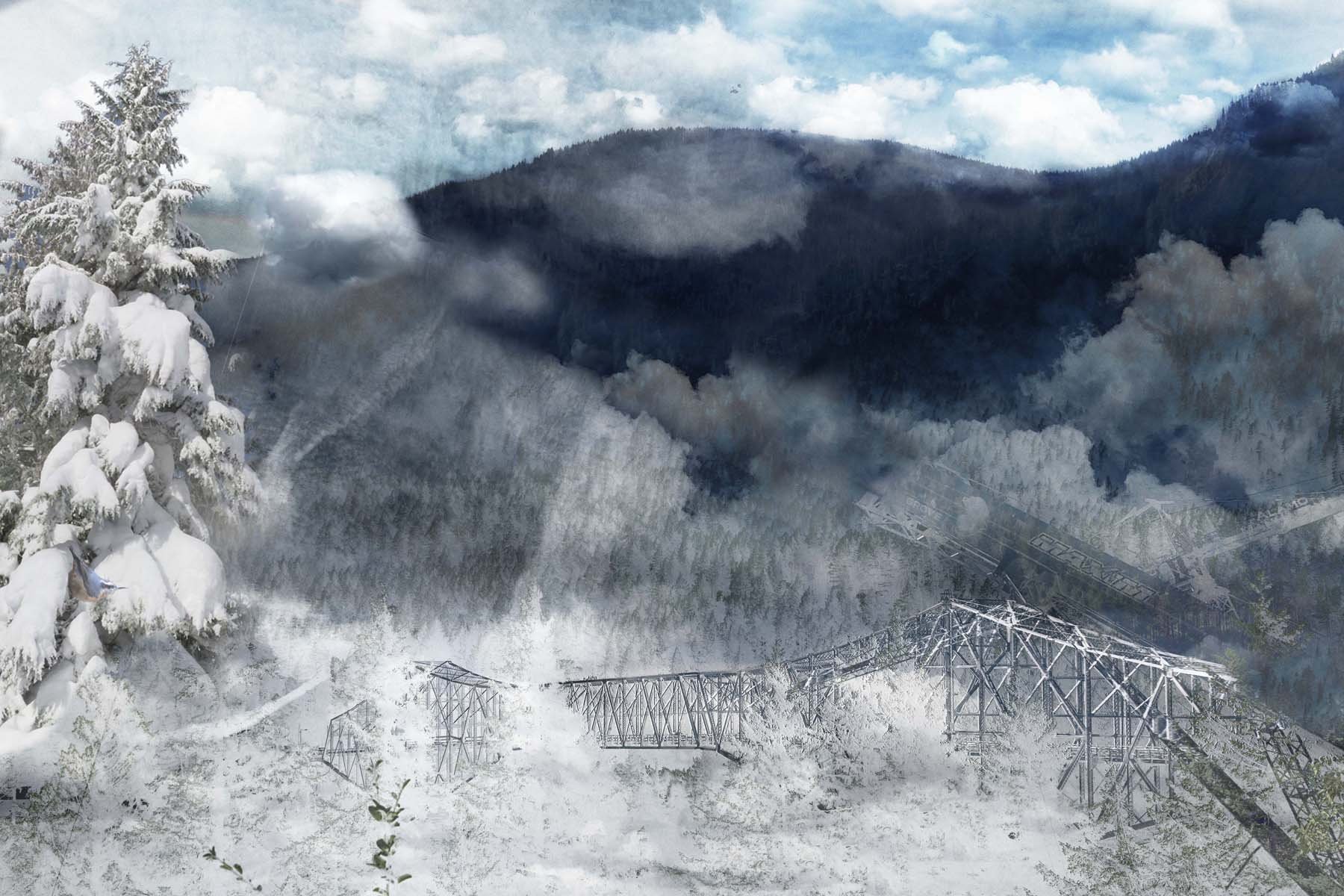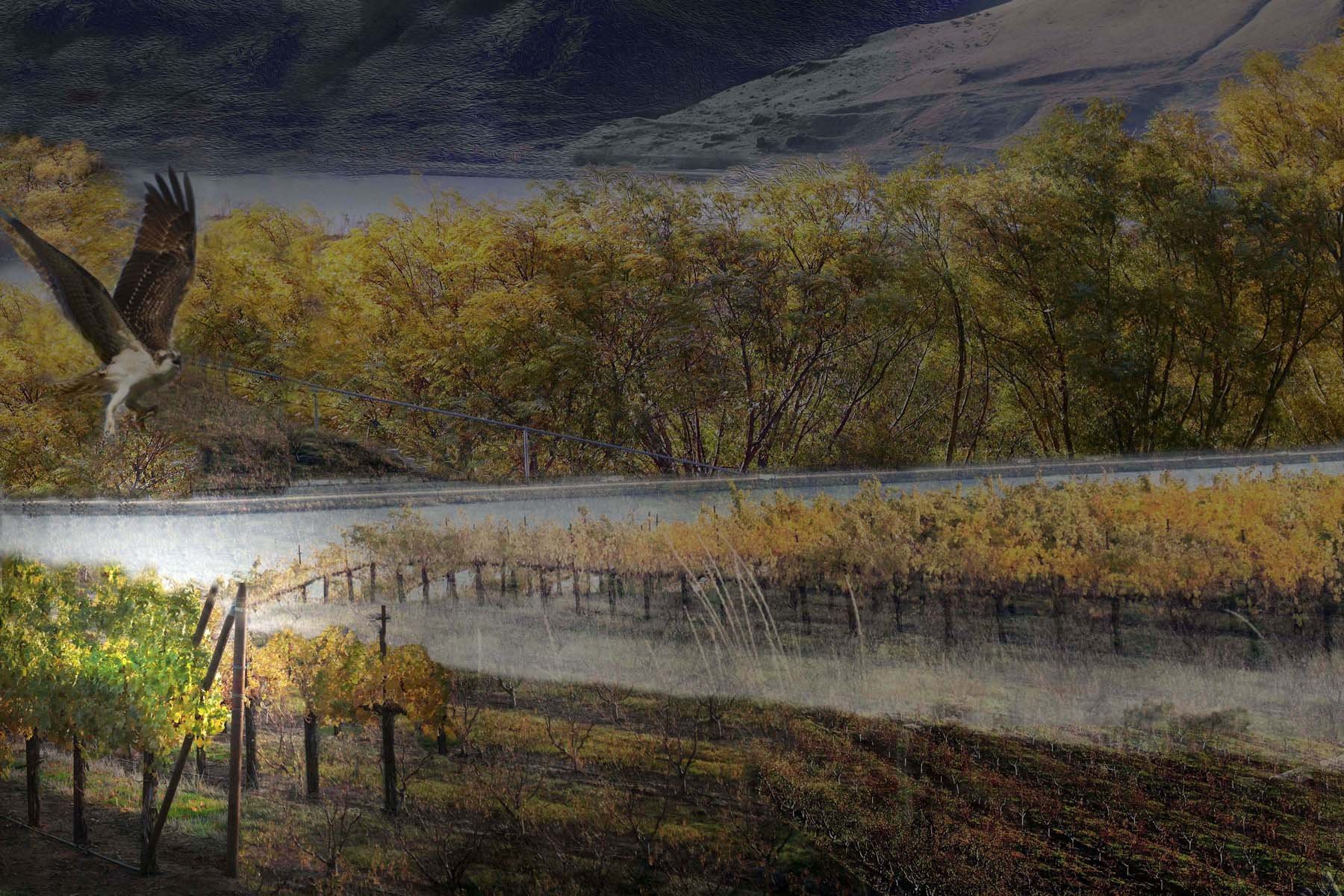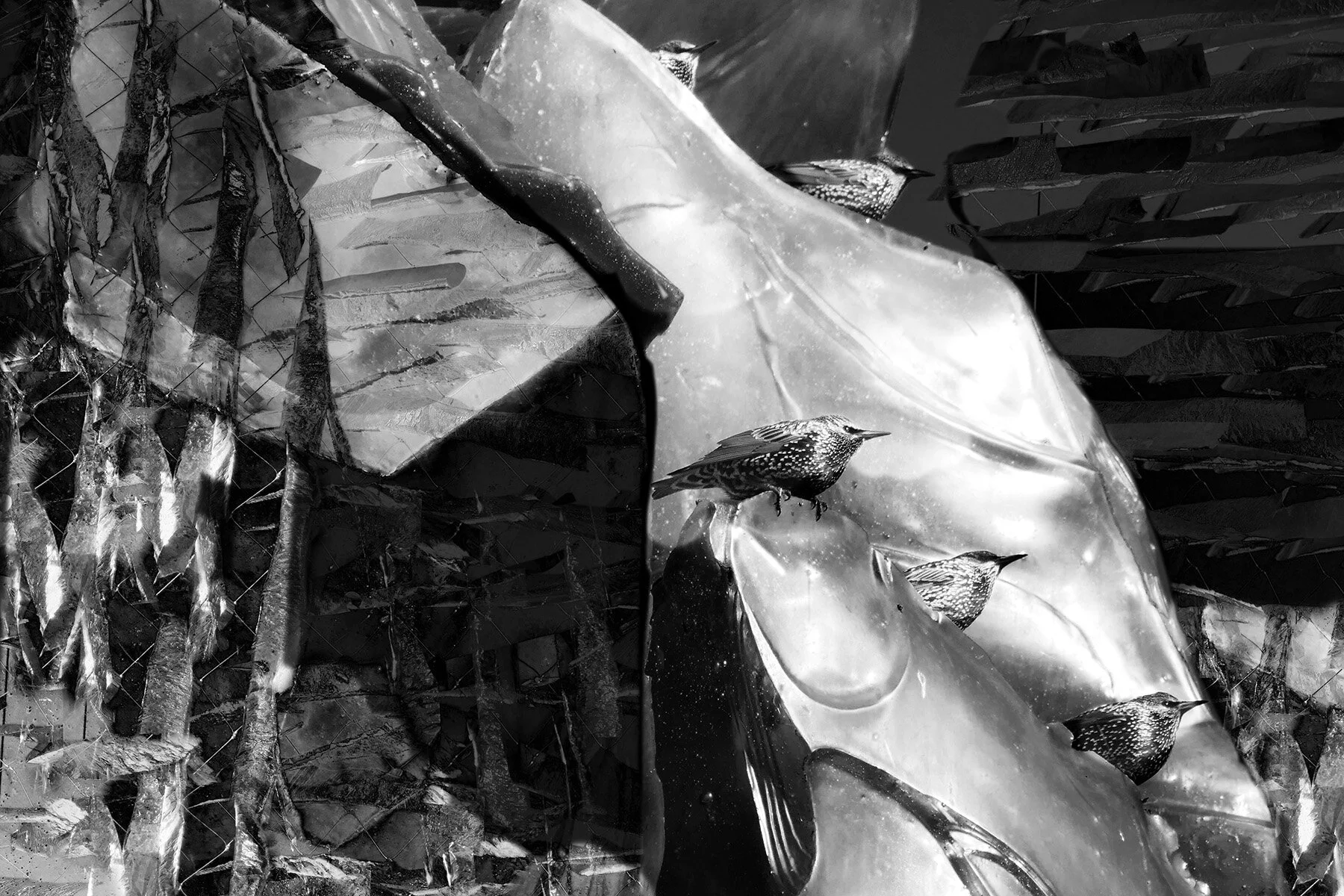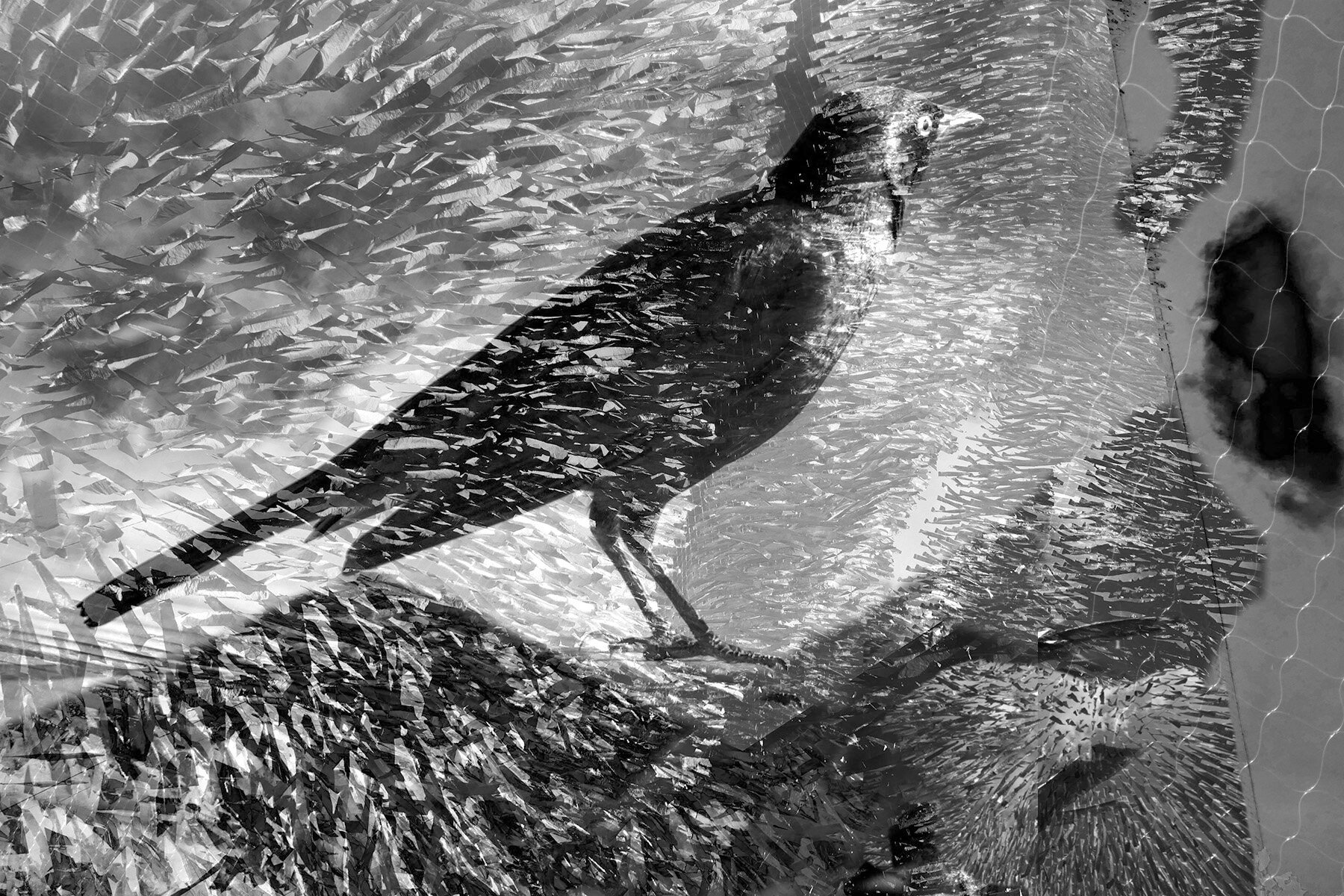Jirayr Zorthian (1911-2004) came to the U.S. as a child to escape the Armenian genocide, later received an MFA from Yale, and eventually worked for army intelligence during WW II. He was commissioned to paint a large mural, Phantasmagoria of Military Intelligence, by the Office of Strategic Services. I photographed his sketches for the work while on his ranch in Altadena, before all was consumed by the Eaton Fire this January.
The drawings depict legions of young men squeezed into pipelines for preparation for military jobs, a surrealist depiction of a process meant to harden and prepare them, both, physically and psychologically, for battle. A traditional masculine world, infused with violence.
Zorthian's pipelines of military recruits struck me as a perfect symbol for the scores of young men now flocking to authoritarian institutions associated with a focus on hollow, misogynistic masculinity. The indoctrination by toxic political radio hosts, piping fake news and hate speech through their channels, also seemed to be anticipated by the convoluted apparatus, misleading young men who are trapped in social isolation. I decided to create photomontages of snippets of those murals embedded in classical still lifes for several reasons. For one, I never forgot a lesson received as a 12-year-old from a Hungarian refugee, trained by Joan Miró and inexplicably ending up as an art teacher in a small German village. Firmly established during the Dutch Golden Age, with riches accumulating from colonial exploits, still lifes provided a voyeur's description of what the rich possessed and the poor envied. They assured the wealthy, who commissioned and paid for those beautiful renderings of their belongings, of their status and reminded those who struggled that there was something to aspire to. A notion of hierarchy, class defined. Yet still lifes also remind us of domestic beauty, care of the household with the provision of food or flower arrangements, all "women's work." This is particularly pertinent given the current fashion of "trad" wives, women who re-enact the traditional roles of earlier eras, trying to serve their husbands and family and create feminine beauty round them, preferably “instagrammable”. It is about aesthetics, but with a barely hidden underpinning of ideological beliefs about gender roles, just as the early still lifes were about class hierarchies.
I also added photographs of glass and porcelain electrical insulators to some of the montages. Zorthian was an avid collector of these things and embedded them in all his various building projects, inside and on top of walls. They sure were perfect phallic symbols, speaking to issues of masculinity.
But for my own purposes, the idea of insulation - something being prevented from affecting something else - makes perfect sense representing the politics of the moment. Polls suggest today's young men and women are more polarized than any other recent generation on questions about feminism, gender roles and women's rights, with a frightening increase in sexist attitudes.
On a societal level, we are insulated from half of the nation, not knowing what they believe or how they could possibly believe it (and vice versa), no longer experiencing a shared reality. Large swaths of the population are living in some kind of phantasmagoria, a landscape of mysogyny, sprouting conspiracy theories fertilized by denial of and hostility towards science, extending so far to question the validity of vaccines, and religious fervor that preaches Whites over all other races, Christianity over other religions and the superiority of men over women. Unless we face this reality, women will not be able to defend their rights, from bodily autonomy to access to voting, from no-fault divorce to succeeding in the economic and public sphere, all rights fought so hard for by previous generations.

